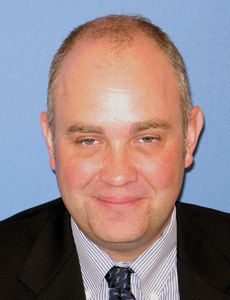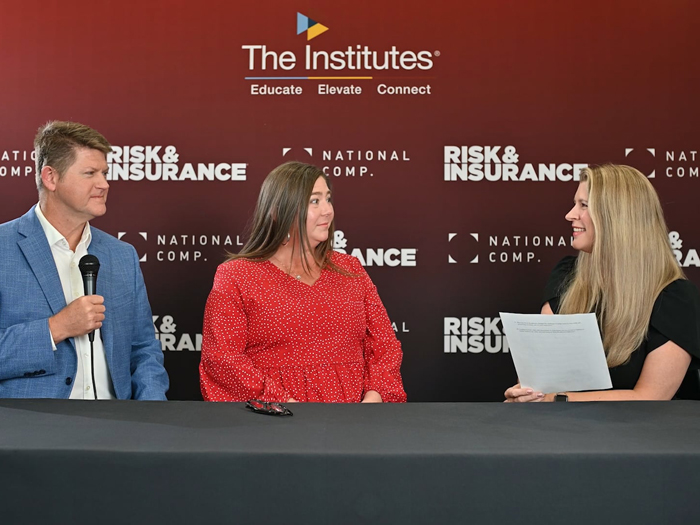2014 Risk All Star: Zachary Gifford
Finding the Balance
With thousands of students traveling and taking the field every semester as part of campus sports clubs, leaders of The California State University system couldn’t afford to sit on the sidelines.
So when Zachary Gifford joined the system’s risk management office in 2008, he quickly found himself on a conference call with campus administrators who had been kicking around ways to mitigate the risks.
“The learning curve was like a black diamond ski slope,” said Gifford, associate director for systemwide risk management for the CSU system, based in Long Beach, Calif.
Administrators began scrutinizing sports clubs, which are separate from NCAA-sanctioned sports, after two fatal accidents involving students in the early 2000s.
“It was a serious exposure to the university that needed to be addressed, and it’s an example of something that every campus was handling a little differently,” said Cindy Parker, who works closely with Gifford and CSU in her role as vice president of operations for Sedgwick Claims Management Services Inc.
As Gifford hashed out a uniform approach, he had to balance the needs of 23 campuses ranging in size from fewer than 6,000 students to more than 35,000. Some had well-established sports clubs, while others were just getting started.
Ultimately, Gifford wanted to produce policies and procedures that every program could use, and that would not be seen as directives from above by campuses that treasure their autonomy.
For two years, Gifford and his fellow risk managers in the chancellor’s office worked closely with campus-based risk managers, club administrators and other university personnel to develop a comprehensive guide for club sports. A final document came out in 2010, and reflected Gifford’s collaborative approach.
“He really respected the comments and the input and, especially as a risk manager, was kind of able to see things from both sides if there was a little bit of push back and conflict between how a risk manager might see something, and how a practitioner might see something,” said Pam Su, campus recreation director at San Francisco State University.
She helped lead implementation of the guide.
Some campuses, for example, balked at travel policies they felt were too onerous. The final guide allowed those clubs to essentially acknowledge they are traveling on their own, in non-university vehicles, outside university control.
Two years after the guide came out, the system launched an insurance program for club sports, giving campuses access to more uniform coverage. Clubs are required to have adequate insurance, but don’t have to go through the CSU program.
All but one or two campuses have opted into the program so far, Gifford said. He expects the coverage to eventually give CSU a better picture of the overall risks and a way to explore possibilities for self-insurance.
A new version of the guide is due out this fall, with revisions reflecting a recent survey of its users.
Overall, the feedback has been positive.
“A lot of the sports club administrators were actually really thankful for having some guidelines in place,” said Su.
_____________________________________________
 Risk All Stars stand out from their peers by overcoming challenges through exceptional problem solving, creativity, perseverance and/or passion.
Risk All Stars stand out from their peers by overcoming challenges through exceptional problem solving, creativity, perseverance and/or passion.
See the complete list of 2014 Risk All Stars.











